The 2004-2005 DHS senior class had 292 students, while the 2023-24 senior class had only 249 students. Furthermore, the 2004-05 school year saw the peak of high school enrollment with 1,320 students enrolled. Over the course of 20 years, not only did the number of graduating seniors decrease, the size of the high school population overall did as well, falling to 949 students as of the 2023-24 school year. This means that over this period, enrollment has decreased quite significantly.
Prior to this era of declining enrollment the Dartmouth Public Schools experienced a period of stagnant enrollment followed by strong growth. When speaking on enrollment trends in the Dartmouth Public schools, former superintendent Dr. Thomas E. Kelly said in a 2001 interview with The Standard Times, “It’s not like it has stayed the same all that time. It has gone up and down, and it has been rising pretty fast lately.” This was the state of district enrollment that year, which was evident in enrollment data that can be accessed via the Department of Elementary and Secondary Education (DESE).
That data affirms that district enrollment had remained largely unchanged throughout the 90s, indicating slow growth and then followed up by enrollment exploding in the next decade, reaching all-time highs for the district. That same Standard Times article, published in March of 2001, also reflected on the sluggish growth through the 90s which eventually became a trend of increasing enrollment around the time of the article.
But as the featured graph shows, things changed. As referenced above, the 2004-05 school year saw the peak of high school enrollment, followed by the peak of total district enrollment the next year. Since this point total, district enrollment has been declining, varying in pace of decline, but still declining overall.
Recently, however, enrollment has been declining at a much faster rate as is evident on the graph. Between the 2018-19 school year and the 2023-24 school year, high school enrollment declined by just under 200 students. Also over the same period, total enrollment decreased by 440 students. In general this is a significant decline. There are several factors that contribute to this trend.
One of these factors, which seems to be affecting the Town of Dartmouth most significantly, is the aging population. Town population has remained stagnant for the last decade, only decreasing by around 500 people between 2010-20. But at the same time, the number of students in the schools has been decreasing at a much more rapid pace, as detailed above. This almost contradictory trend is caused by the overall age of people within the town becoming older and as a result there are less school-aged children. The median age in the Town of Dartmouth according to the 2020 Census is 43.1, which is older than the median age of both Bristol county, which is 40.8, and the state median age, which is 39.8. Dartmouth is older than its regional and state counterparts.
Other potential factors that could be contributing to declining enrollment are housing costs, national birth rates, and domestic migration trends, chiefly the shift of people away from the northern United States to the southern portion of the country.
For districts that face enrollment decline, less students means less funding, which subsequently leads to a school being able to offer less programming. Also, the funding for support staff and classroom teachers may no longer be there to support these roles, potentially leading to layoffs and the phasing out of teachers by attrition.
When looking at the current situation, many people may find it difficult to ignore the bleak reality that this decline could continue, and the consequences of it could mean major upheaval and change for the district sometime in the near future.
However, school leaders in Dartmouth do not share this sentiment. In fact, Assistant Superintendent of Business and Finance James Kiely said, “In looking at the [enrollment] projections as we go out, it’s really pretty level following this year,” meaning that enrollment has finally reached a statistical equilibrium.
And though the Dartmouth Public Schools are smaller, Kiely spoke about programming offered by the school and said “our goal is to maintain opportunity. I would think that will continue.” He added, “There is interest in lots of things, which is fantastic.”
For those that are concerned about the effects of enrollment decline, this information can be taken with a sigh of relief, because this means that DHS and the overall Dartmouth Public Schools will be able to continue to offer the numerous clubs, extracurriculars, and other educational opportunities that are presently offered.
In terms of staffing and class sizes, Kiely said, “Class size is important to us. When we had to reduce the number of teaching staff at the DeMello School last year, it increased the number in class size from 18 to 21.” This is an important topic to parents, as was seen earlier this year at a school committee meeting in March, and is something Kiely said “we want to be mindful of.”
He also acknowledged the unique difficulties staffing reductions could pose to the high school in particular. “The high school schedule is so complex,” Kiely said. “It becomes this web: when you reduce a teacher, it may make it difficult for a student to take an AP class.” This is an important point because the fewer sections that are offered of a particular AP class, or any class in general, the more difficult it becomes for a student’s schedule to align with all the classes they would like to take. This leads to students struggling to take the classes that they are interested in.
To avoid the worst of the effects of declining enrollment, Kiely said, “We can supplement our student population through the school choice program.” This is something that Dartmouth has taken advantage of, currently hosting 124 students from other communities this school year, which generates about $700,000 in revenue for the school.
But Kiely also said, “Making connections with our middle school students is a key element to make sure they understand the opportunities offered to them.” This is certainly an important issue for the school district, as students in grade 8 have the choice of several other schools for high school other than Dartmouth, including New Bedford Voc and Bishop Stang, among others.
Changes are underway this year to better make these connections through things such as informational presentations from the student captains of DHS athletic programs and inviting the grade 8 class to attend the annual fall pep rally.
As The Spectrum reported last year, the Dartmouth Public Schools is in need of building a new school. This is an area that enrollment definitely factors into. It is imperative to know the number of students a new building will need to accommodate in order to have a school that is appropriately sized for the current student population and future growth or decline.
When speaking on the high school facility in particular, Kiely said, “This building [DHS] was designed to house significantly more students than it currently does.” According to Kiely, this means that when a new school is built, the town will still be left with a building that is much too big, which could mean a grade shift might be necessary to address this facilities issue. But Kiely also said, “That is something we are considering, but we would have to work with the MSBA.”
The MSBA or Massachusetts School Building Authority is a state agency that helps fund school building projects and as a result has a say in the process and eventual product that will be created. Ultimately, final decisions on changing the current grade structure of the school system, such as creating an intermediary school with an unconventional range of grades, will be left up to the state.
Overall, Kiely stressed that enrollment is an important issue that the school district takes seriously. They are watching closely to adapt to the changes in order to best serve the students of the Dartmouth Public Schools.


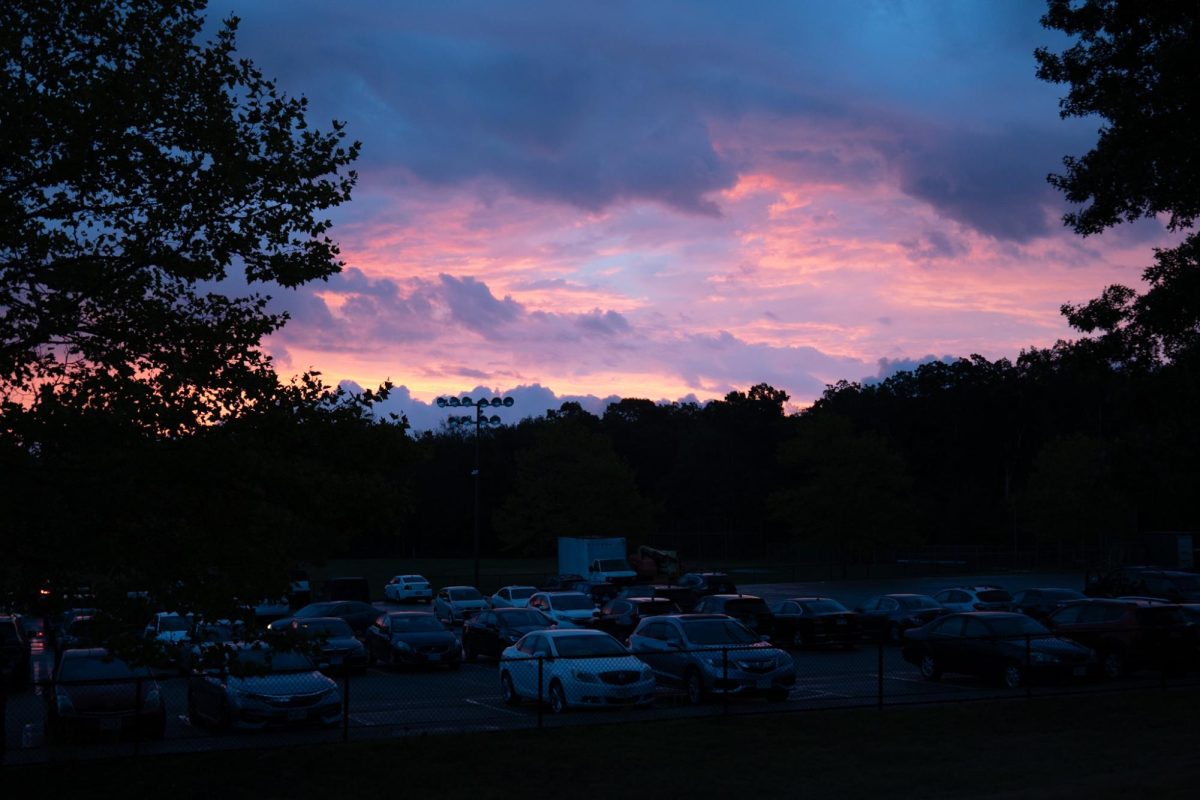
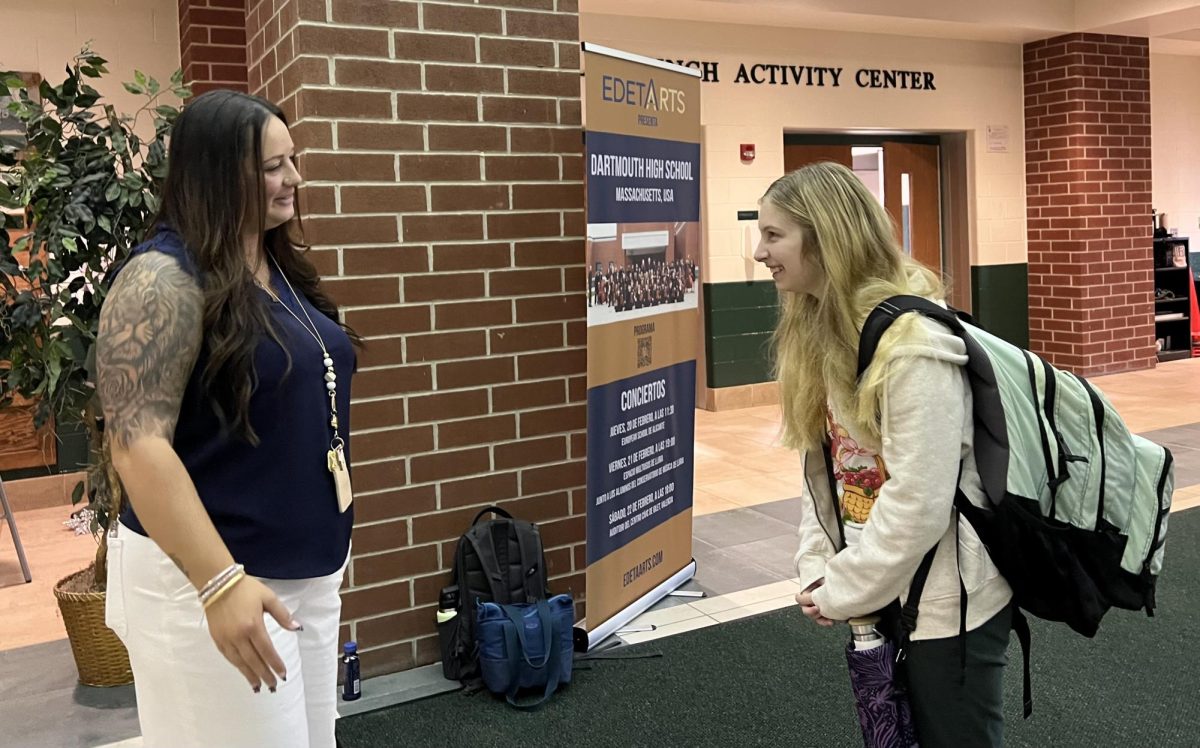
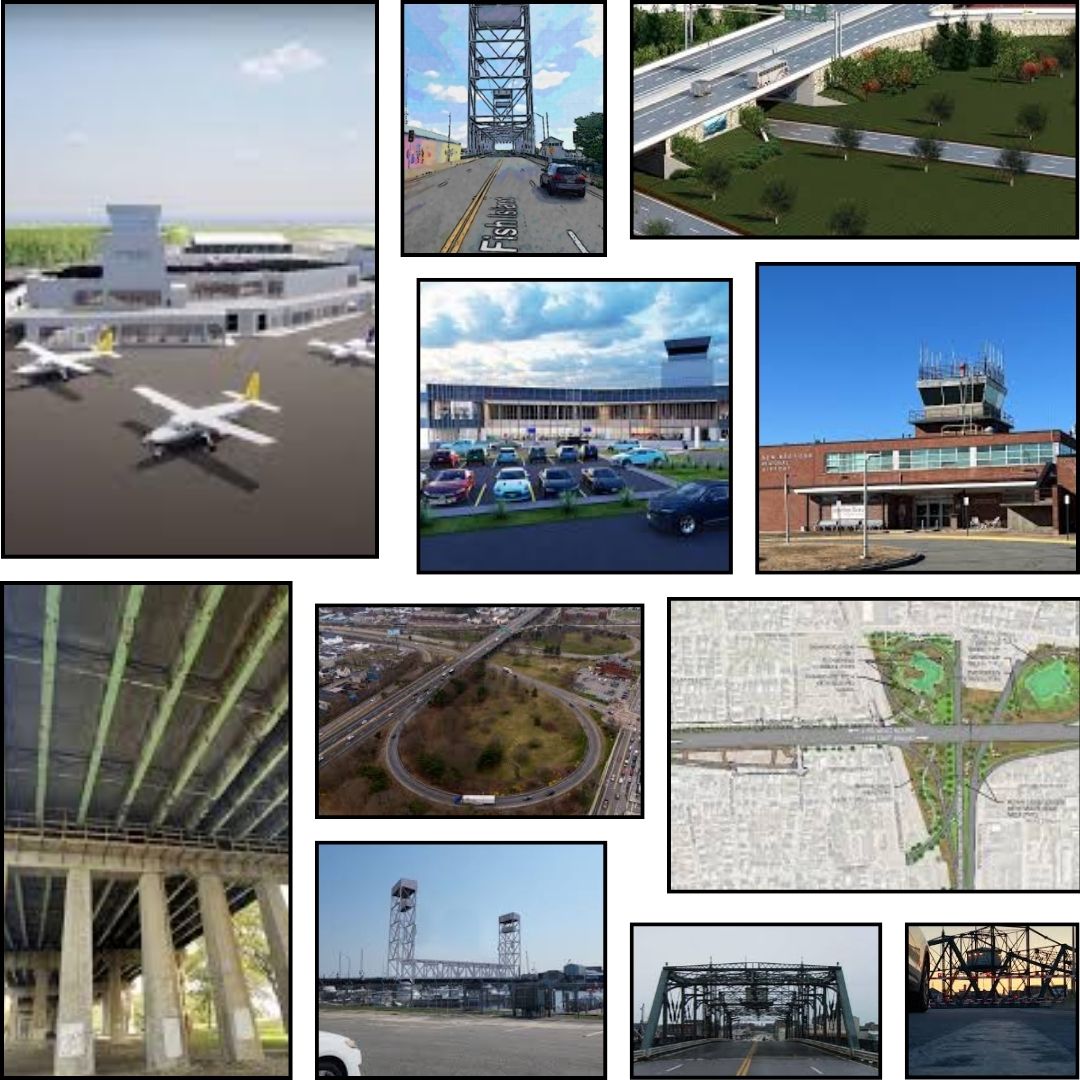
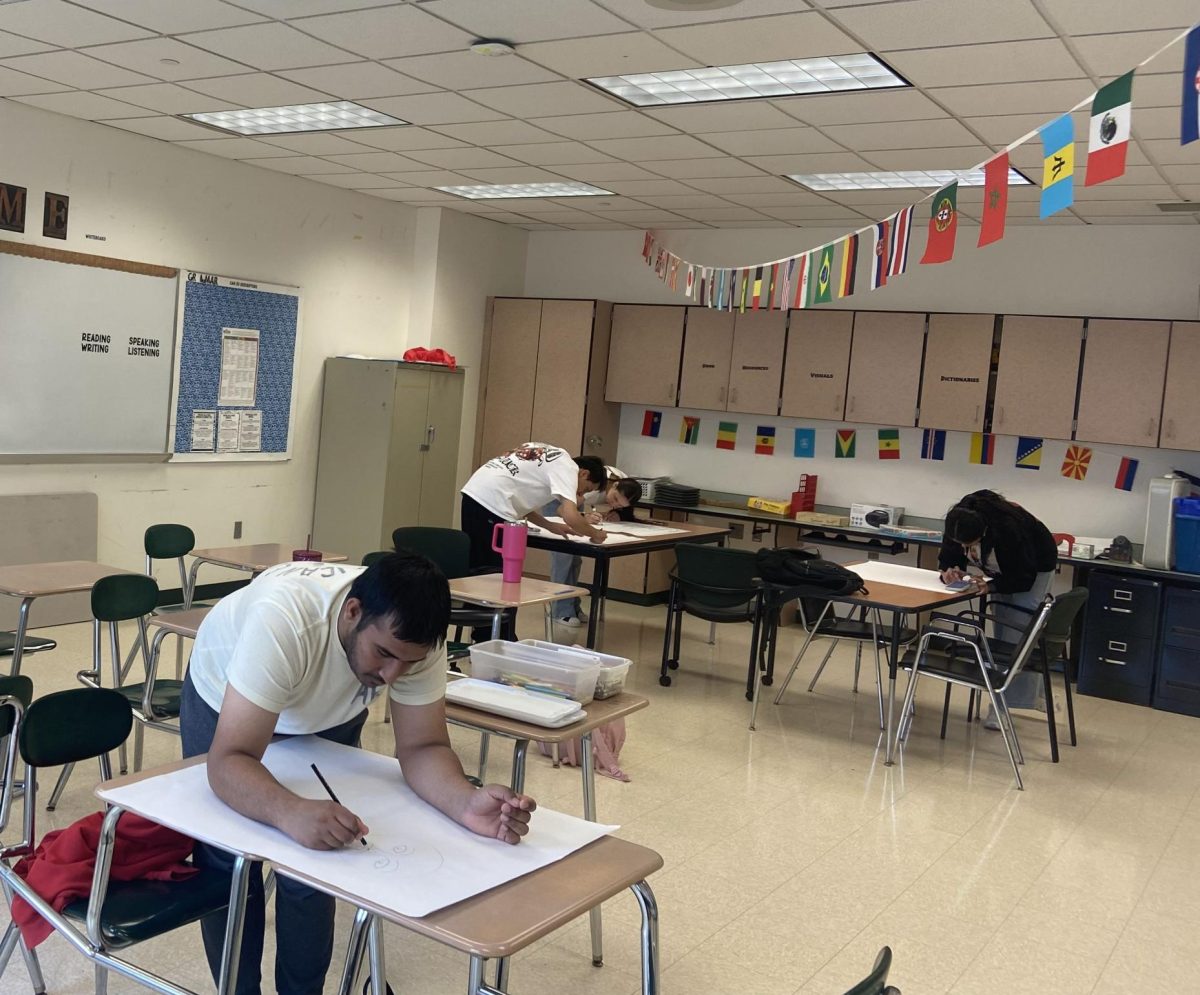
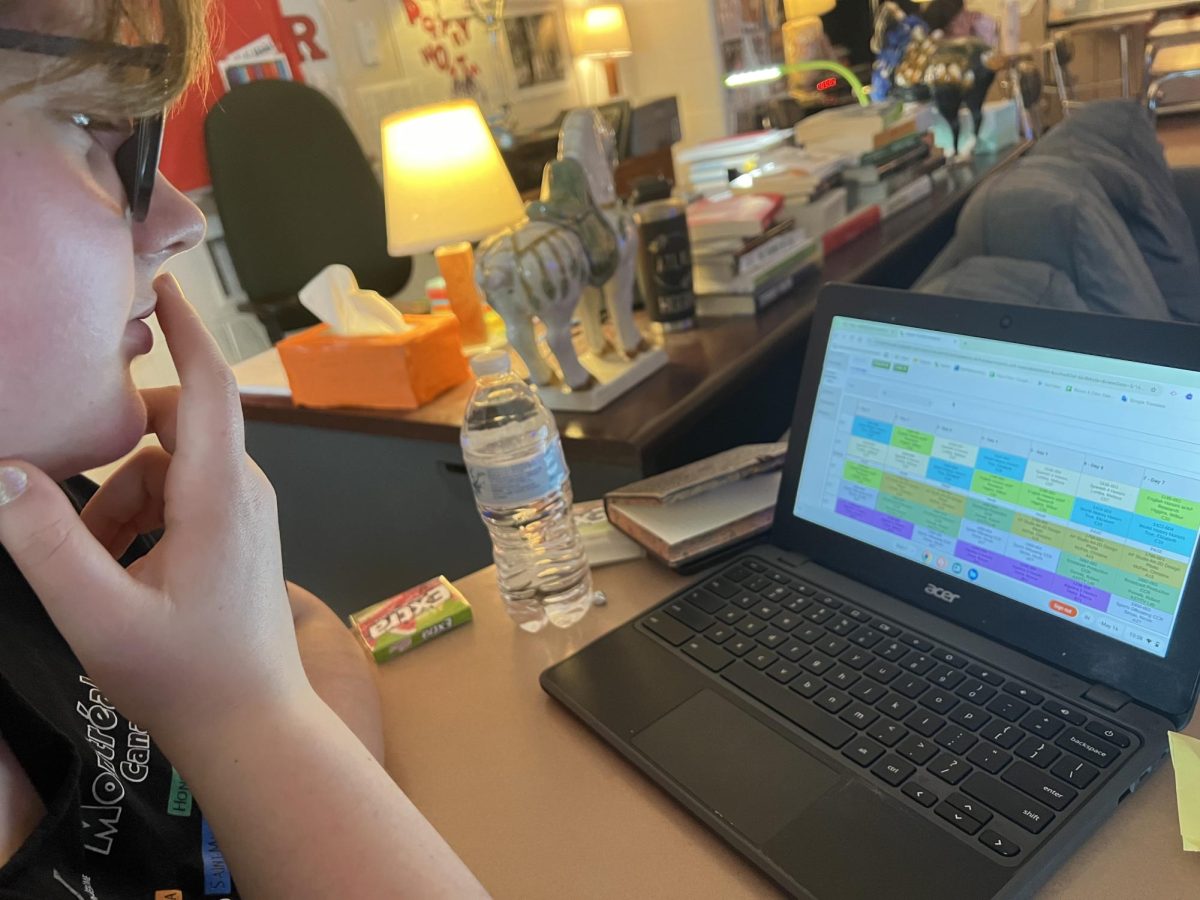



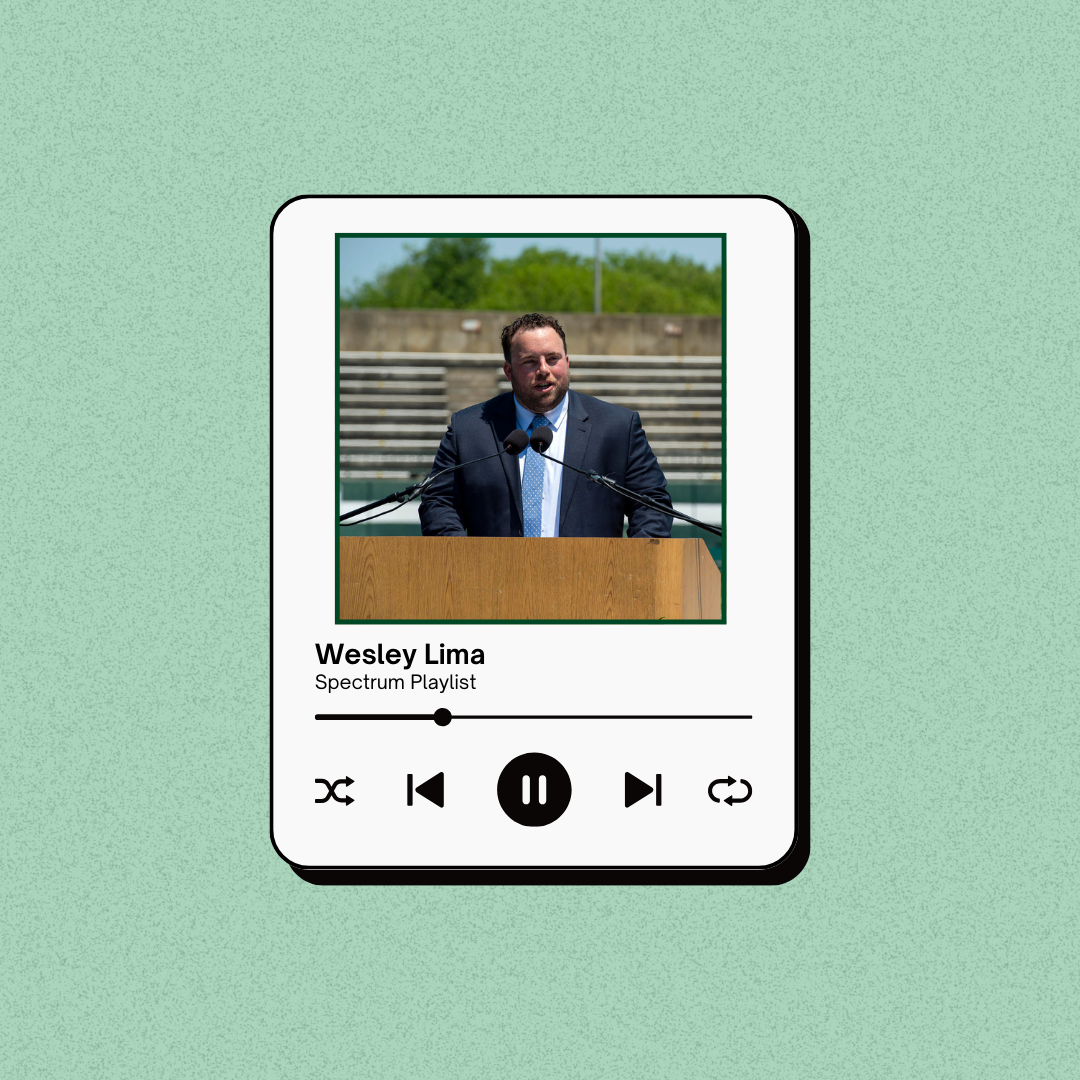
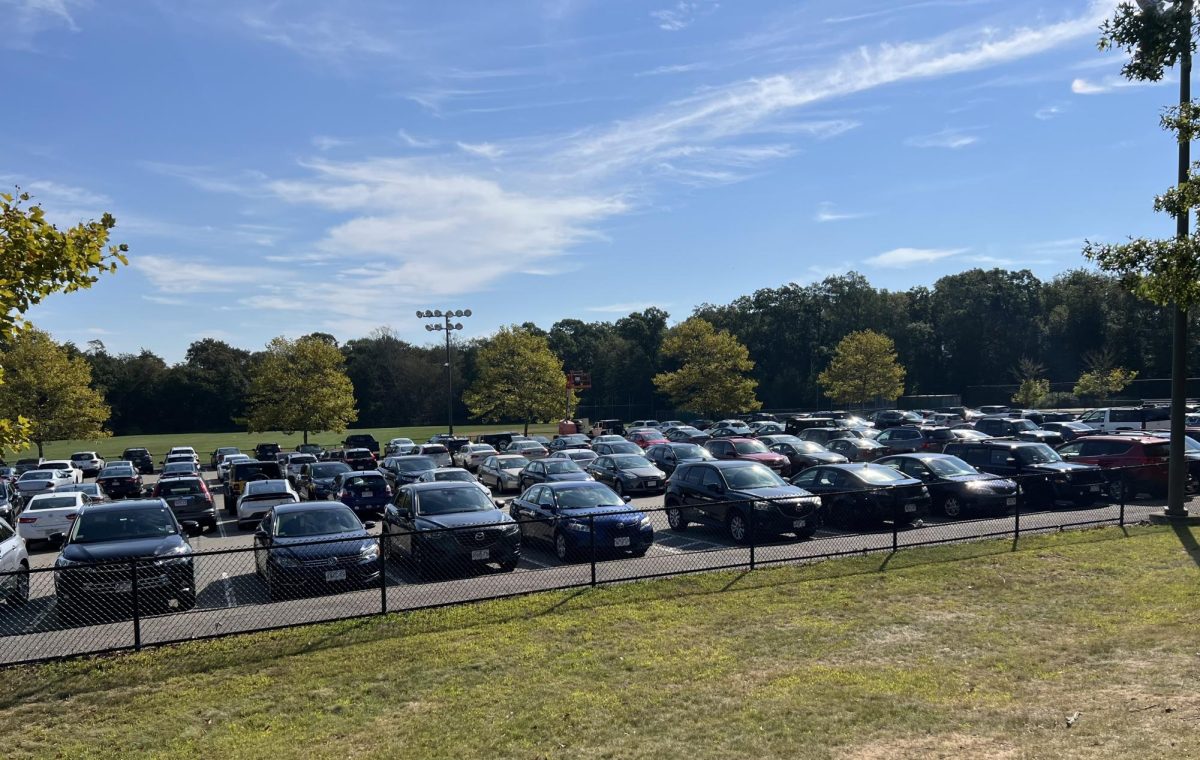

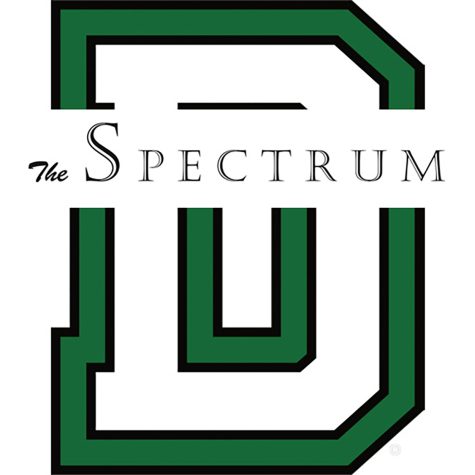

Lynne G • Dec 21, 2024 at 10:45 am
This was an insightful article with helpful statistics on our town’s school system. Very thought provoking and informative, well done!
samuel brodsky • Dec 11, 2024 at 8:12 am
great subject. i wonder what other communities are doing who have been dealing with this for a longer time/more extreme student loss? i’m thinking of cape cod schools, though there are probably others.